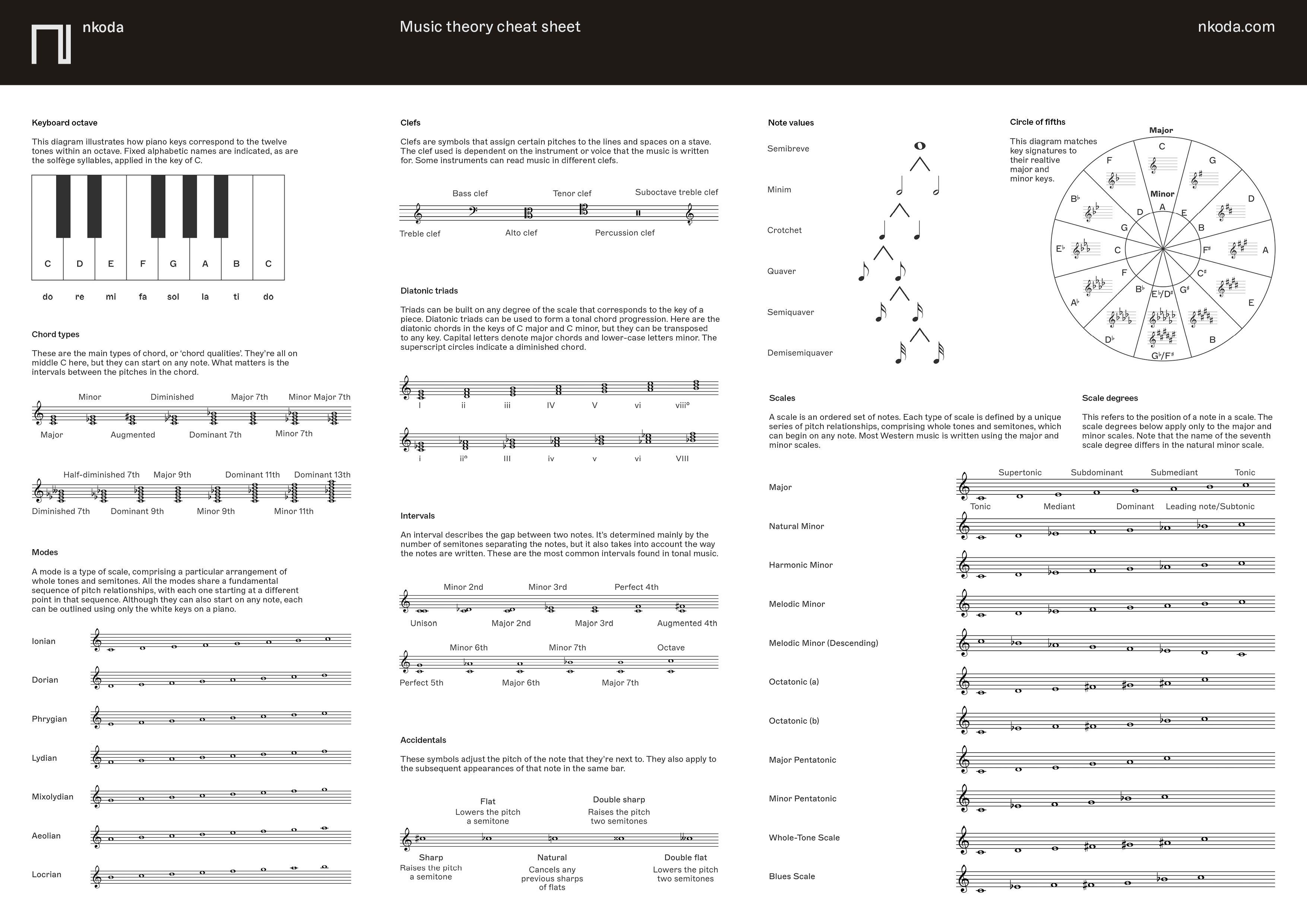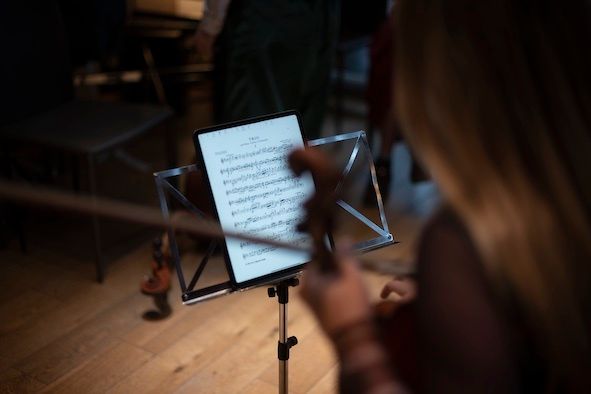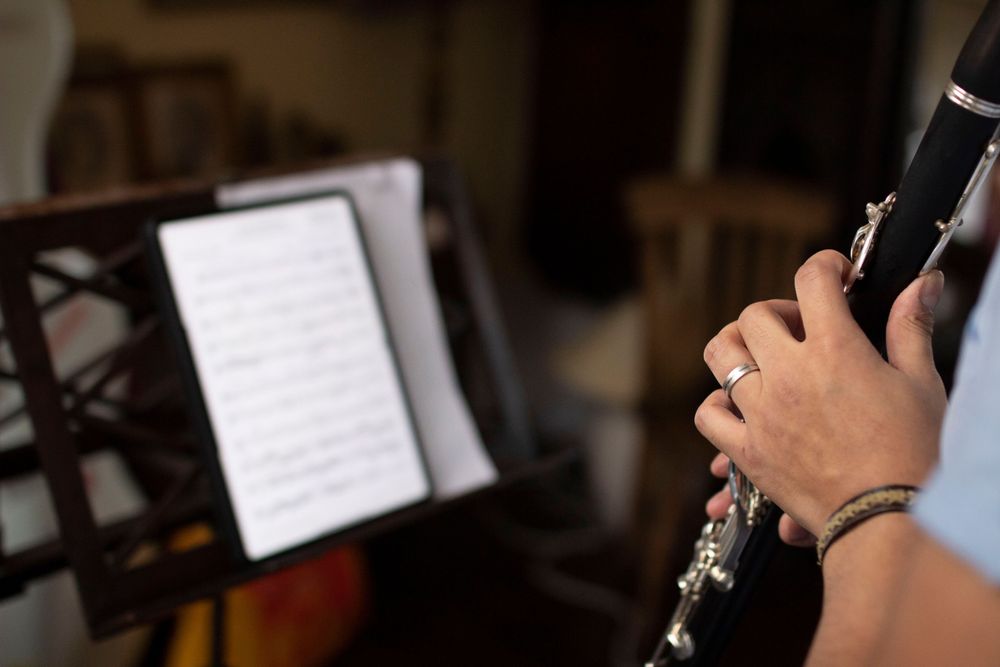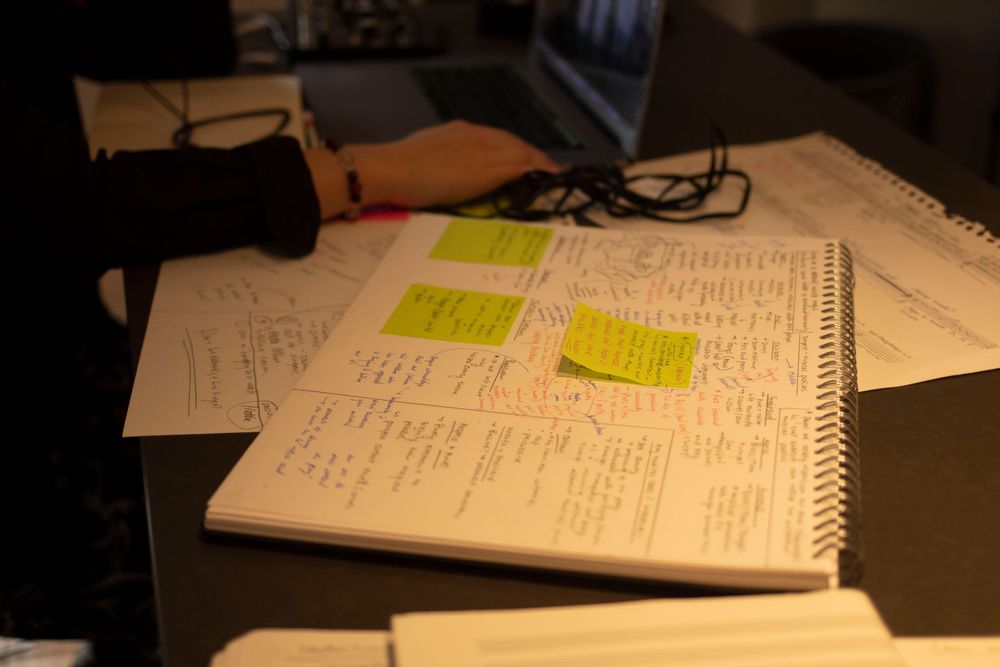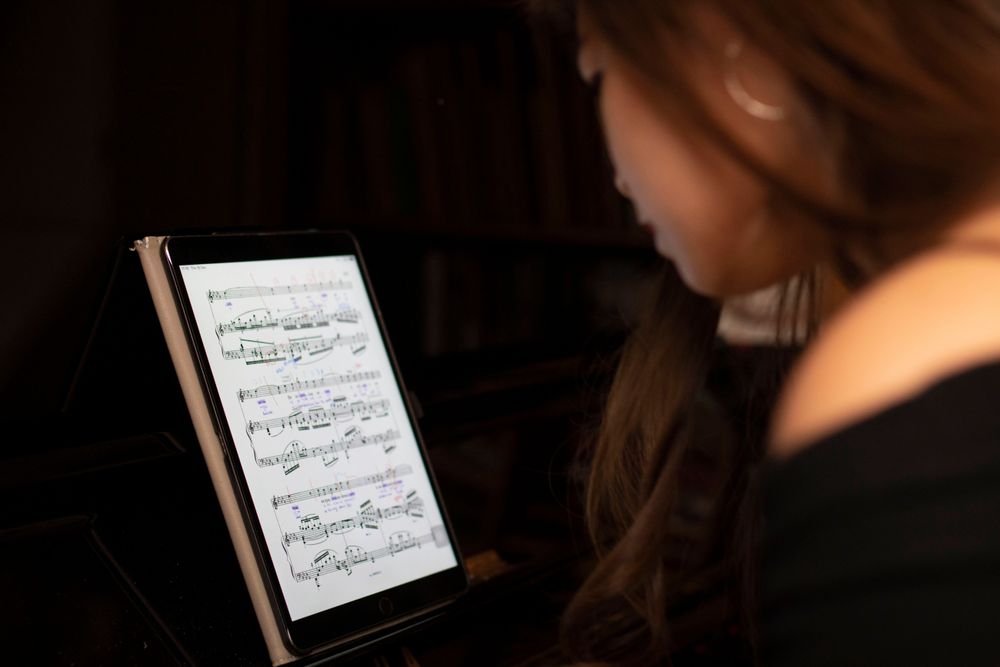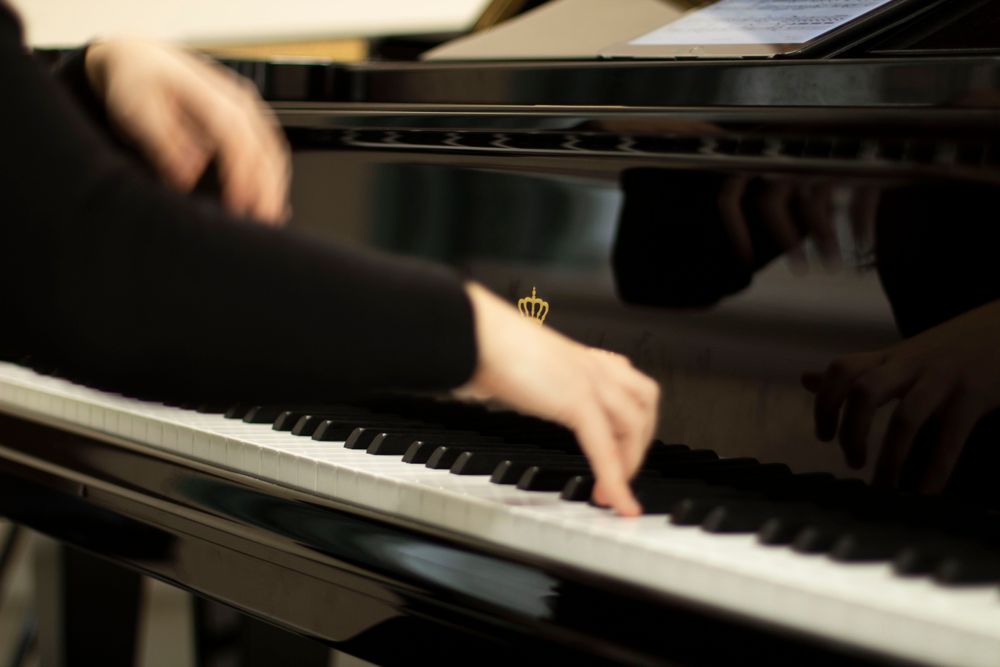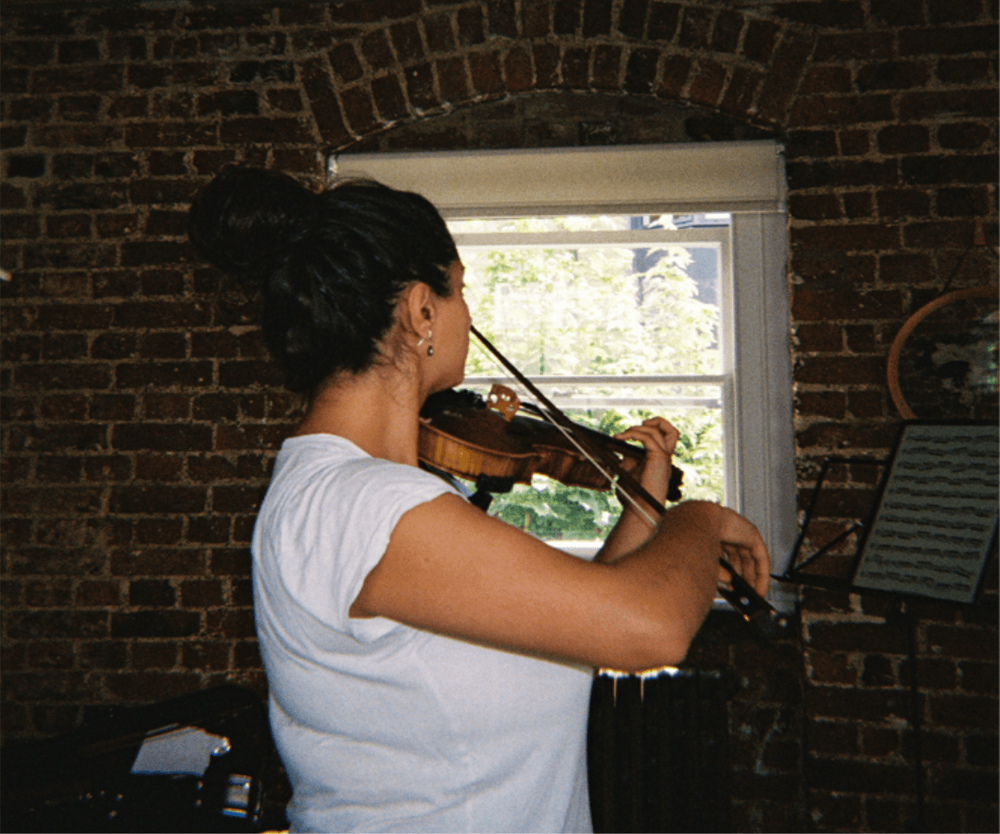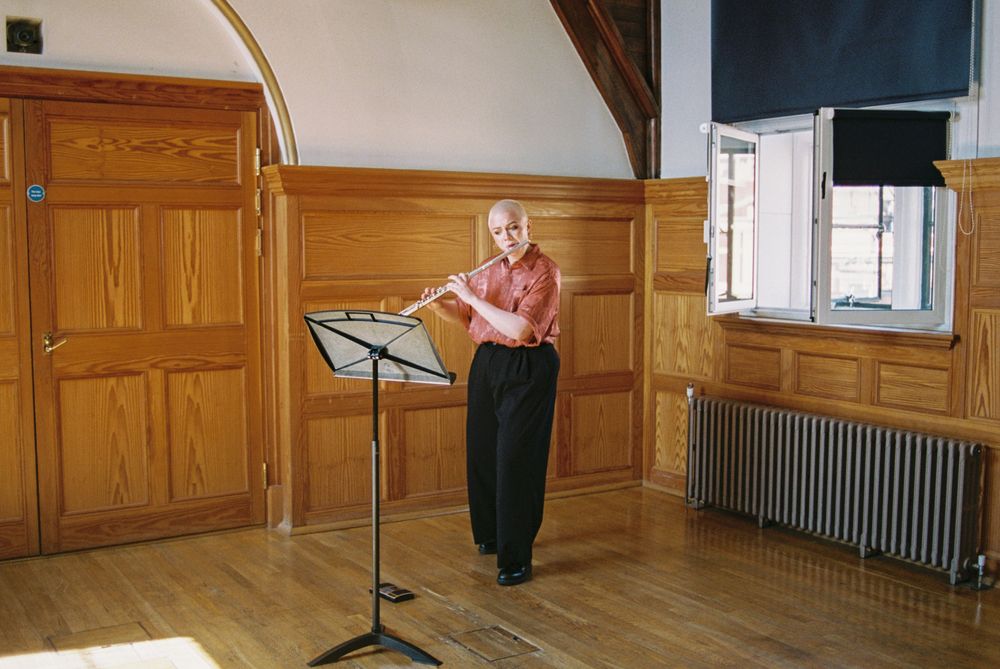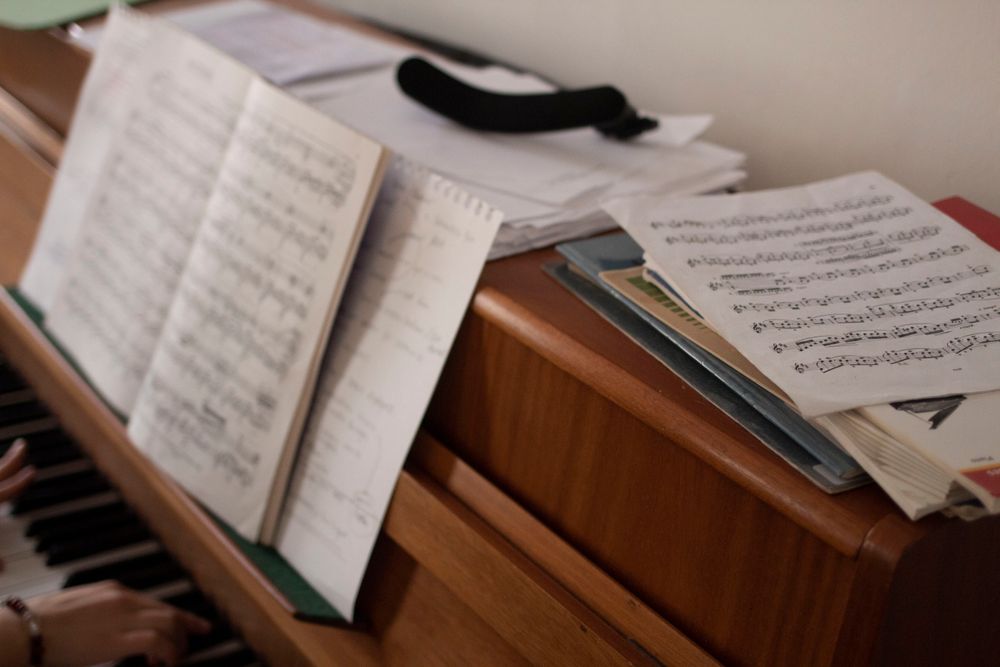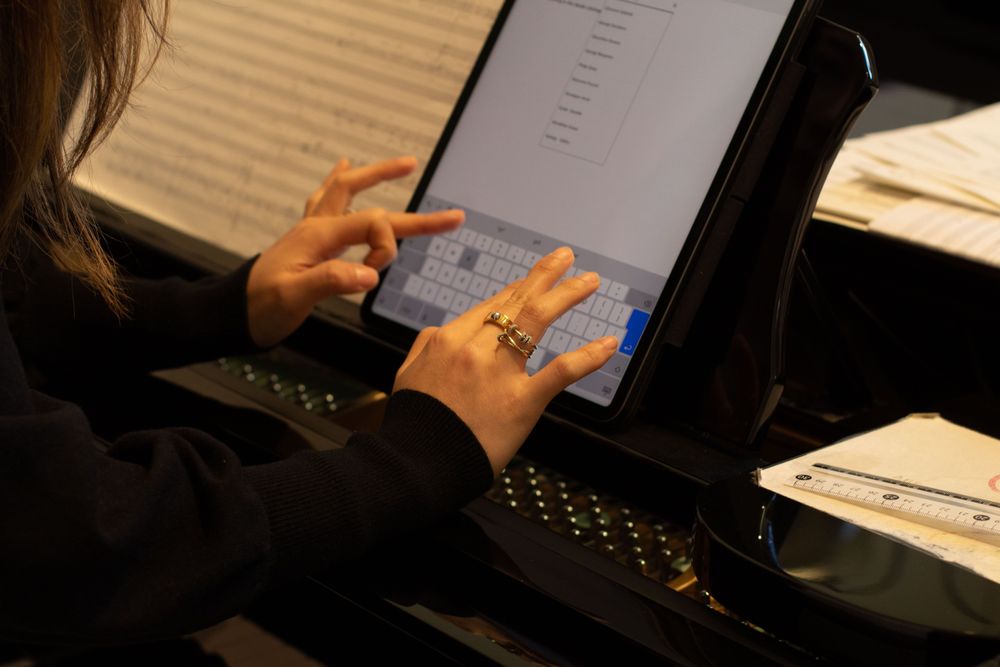Every musician grapples with theory at some point. If you want to come to terms with how music works, it can’t be avoided. It reveals the very building blocks of music, and teaches us to communicate about it effectively.
And that’s precisely why engaging with music theory should never seem a chore. It’s something that helps us to understand the thing we love. And understanding leads not only to proficiency, but also to a place where we can appreciate the beauty of music on a whole new level.
More than just tedious, theory has an intimidating reputation for complexity. But, again, this obscures the reality. This status stems in no small part from the persistent difficulty of finding resources that comprehensively cover the basics, which explore that info in a way that’s as detailed as it is accessible.
Sure, there are books, and sometimes you will need a hefty tome to get your head around some of the more complicated theoretical concepts, but those kinds of texts aren’t very approachable - or portable. Questions and curiosities can arise at any time, after all, and you want to be prepared to respond to them.
What musicians really need is something that will answer all the basic questions, quickly and reliably, anywhere and anytime, until those answers can be committed to memory.
Enter the cheat sheet.
